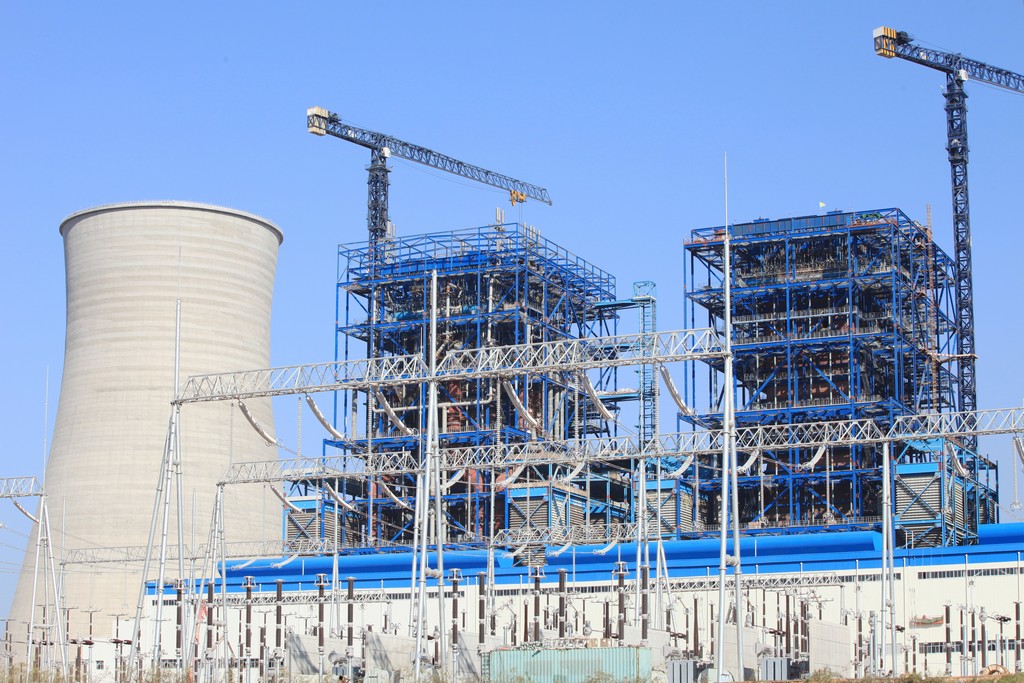This story is the second of a three-installment feature on the Bataan Nuclear Power Plant. Read more on the previous discussions on the pros and cons of opening the Bataan Nuclear Power Plant, and why the Philippines should abandon the idea of nuclear energy.
Previously, we discussed the brief history behind the Bataan Nuclear Power Plant and the pros and cons that go along with reopening the site for operational use. Now, a new question arises: should we build a new one instead?
The BNPP is a 30-year-old non-operational power plant facility mothballed by the administration that followed its construction. Reviving the $2.3 billion plant could bring risks to the country’s environment and safety, adding a lot more expenses in reviving it.
“The Bataan Nuclear Power Plant is a rundown relic from an era long gone. Over three decades of innovation in nuclear energy separate it from modern nuclear power plants. The $1 billion investment it would take to refurbish the plant would be better spent on more feasible generation projects,” said Senator Win Gatchalian when he expressed his concern in reviving the controversial plant.
The rehabilitation would take around five years to complete, National Power Corp (Napocor) asset management head Mauro Marcelo said in a report.
But what about creating a new one in the country?
In a study by the World Nuclear Association, a nuclear power plant is expensive to build but relatively cheap to run. “Waste disposal and decommissioning costs are included in the operating costs. If the social, health and environmental costs of fossil fuels are also taken into account, the economics of nuclear power are outstanding,” the study said.
In a separate study by the Union of Concerned Scientists in 2009, cost estimates for a new nuclear plant construction rose between $2 billion and $4 billion to $9 billion per unit.
The Bataan Nuclear Power Plant’s construction cost $2.3 billion, with a P50 million annual maintenance budget. Reviving it will cost another $1 billion.
This will put the cost of the BNPP to around $3.3 billion, excluding operating costs if the power plant is revived.
But reviving a nuclear power plant that’s separated by three decades of innovation from modern power plants, and wrapped on 30 years’ worth of controversies would be a leap of faith.
In a study conducted by the Department of Energy, 80% of the plant and equipment is in need of repair, while the rest have to be replaced. Restoration would take another four to five years.
Various environmental groups have also been keen in opposing the revival of the only nuclear power plant in the country. In a research conducted by the “No to BNPP” group, three volcanoes surround the power plant, namely Mt. Pinatubo, Mt. Natib and Mt. Mariveles. Due to this, an eruption would lead to mechanical or nuclear problems that could release radioactive material in its surroundings.
Aside from being surrounded by three volcanoes, the BNPP is also near the Philippine Fault and the West Luzon Luzon fault, making it prone to seismic events.
But other than Napot Point in Morong, Bataan where the plant is located, there are other strategic locations that are site candidates for a new nuclear power plant in the country, data from the National Power Corporation of the Philippines said.
These include San Juan, Batangas; Padre Burgos, Quezon; Talusan Point, Sipalay, Negros Occidental; Tagbarungis, Inagauan; Concepcion, Tanabag; Cansilan Point in Bayawan, and Baluangan, Cawayan in Negros Oriental; Piacan Point and Cault Point in Siocon, Zamboanga del Norte; Palicpican in Ternat, Cavite and Port Irene/Matara Point in Rakat Hill, Cagayan.
A United Nations Study in 1988 has revealed that the Bataan Power Plant “did not meet applicable regulatory and contractual requirements.” It also said that the plant is recommended for a “further, more extensive examination.”
“The identified deficiencies are so pervasive and severe—that the plant cannot be expected to operate safely and without undue risk to public health and safety until those deficiencies and their generic implications are satisfactorily resolved.” Said James Keppler, a former US Nuclear Regulatory Commission official, who led the yearlong study on the nuclear plant.
The construction of the Bataan Nuclear Plant began in 1976 and was finished around 1984. Should the country would want to revive the Bataan Power Plant, it would take around four to five years of rehabilitation. This is equivalent to the construction of the Fukushima Nuclear Plant in Japan.
But construction of new nuclear power plants would need support from the law, according to Senate President Koko Pimentel.
“Wala po tayong problema dyan (We don’t have a problem with that) but because of the huge expenditure involved, plus the controversial nature of the decision, I believe we need a law to be in place before we can pursue a nuclearization of our energy sector,” Pimentel said during the International Atomic Energy Agency (IAEA) Summit.
A clear understanding between the government and the public is also needed before establishing a clear nuclear policy in the country, Zeneida Collinson said.
“Key challenges to the development of a high nuclear scenario in the region include, among others: public acceptance and safety concerns, nuclear waste issues, large upfront investment, and uncertainty in government support,” she said.
Nuclear energy was seen as a productive and reliable energy source. The Chamber of Commerce said that nuclear power is 79% cheaper than oil, and 78% cheaper than gas, and 23% cheaper than coal.
The debate on using nuclear power in the country is as old as the plant itself. Even with the Energy Department expressing interest in using nuclear power to address power problems. Whether the country would revive the old nuclear plant or decide to establish a new one, the question remains the same.


